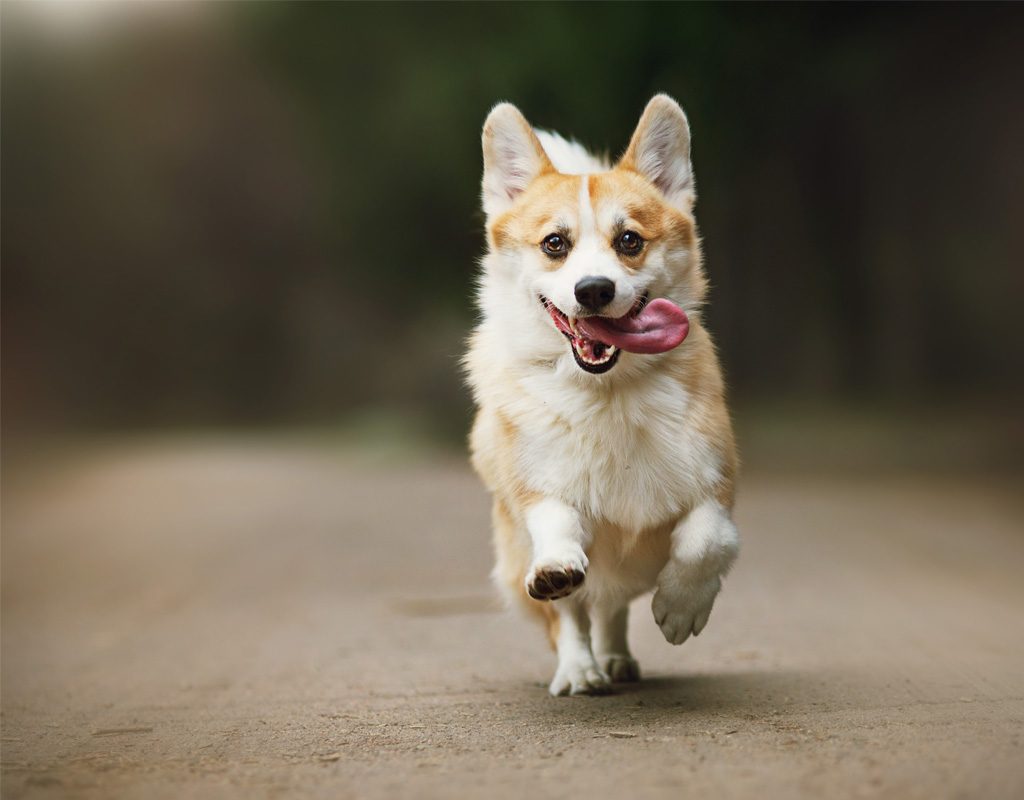January is National Train Your Dog Month, and studies show you can teach an older dog new tricks. Here’s information to share with pet owners about why that’s a good thing.
Behavioral and obedience training is important to the safety and socialization of active dogs and strengthens the bond between dogs and their owners. Outdoor activities like leash training also help keep dogs mentally and physically fit.
The problem is, when dogs get older, dog owners often reduce training exercises since their dogs no longer appear to need training. Yet continued mental stimulation is just as important as physical exercise to the long-term health and well-being of dogs.
According to a 2017 co-study presented at the Fourth International Conference on Animal-Computer Interaction, researchers evidenced how continued mental stimulation helps slow aging in dogs. Without such stimulation, the study proposed:
- dogs may age faster
- the dog-owner bond may weaken
In separate studies published in Veterinary Clinics of North America: Small Animal Practice, research suggests that mental stimulation helps protect dogs against Canine Cognitive Dysfunction (CCD).
As a progressive disorder similar to Alzheimer’s in humans, CCD is a form of age-related dementia in dogs. In studies conducted by the Clinical Animal Behavior Service – UC Davis School of Veterinary Medicine, researchers found that 28% of dogs age 11 – 12 and 68% of dogs age 15 – 16 showed one or more signs of CCD.
Signs of CCD include:
- Disorientation and anxiety
- Changes in interactions with family members or other pets
- Unusual vocalization (e.g. barking, whining or howling)
- Increased aggression
- Changes in sleeping habits
- Repetitive behavior like pacing
- Increased soiling
The good news: Numerous studies confirm that increased mental stimulation can help both prevent CCD and improve symptoms of CCD decline.
In results from a two-year longitudinal study of senior dogs published in The IAABC Journal, for example, dogs who received no mental stimulation showed a significant and dramatic cognitive decline compared to the enrichment group.
To facilitate mental stimulation in senior dogs, veterinarian Amy L. Pike (in her published research by the Michigan Veterinary Medical Association) recommends puzzle toys in tandem with ongoing task and obedience training.
If puzzle-solving sounds a bit out there for dogs, don’t underestimate canine intelligence and motivation by mentally stimulating tasks.
In a seven-year study, cognitive biologists from the Messerli Research Institute at Vetmeduni Viennaled tested 265 dogs at their facilities in Austria and Hungary. Using a computer-based game dubbed “dog Sudoku,” the dogs (including senior dogs) learned to push their snouts against a touchscreen in response to images like flowers and teddy bears in order to receive a reward.
In other words, you really can teach an old dog new tricks.
Researchers concluded that the positive feelings created by solving a mental challenge were comparable to the feelings that older people experience when learning something new and enjoyable.
Based on the findings, NBC News quoted Yale Canine Cognitive Center researcher Angie Johnston, who said, “It seems brain training with touchscreens has the potential to help preserve old dogs’ cognitive skills.”
While a consumer version of “dog Sudoku” may one day hit your favorite app store, here are three fun and inexpensive brain-training games you can use today to engage your dog during National Train Your Dog Month:
- Create a Tennis Ball Muffin Tray Puzzle
Take an old muffin tray, set a treat at the bottom of one of the muffin cups, and place tennis balls in all the spaces. By engaging your dog’s sense of smell and natural curiosity, your dog will be thrilled with this treasure-hunt game.
- Give Your Dog an Interactive Feeder Toy
Cats aren’t the only pets who enjoy pawing around feeder toys that dispense rewards. Pet stores commonly carry plenty of inexpensive feeder toys for dogs as another form of puzzle to engage their senses and stimulate their brains.
- Play Hide-and-Seek
To familiarize your dog with the game, start simple. Pick a fairly easy hiding place (behind a couch, for example) and call out your dog’s name. When your dog finds you, celebrate your dog’s win. Then choose a slightly more difficult place for your dog to find you. If your dog begins to follow you while you seek a hiding place, you can ask a family member to hold your dog until you’re hidden. Then call out your dog’s name and let the fun begin.
By keeping your dog mentally stimulated with brain-training games, you help protect against CCD and strengthen the human-pet bond.
Happy National Train Your Dog Month!






